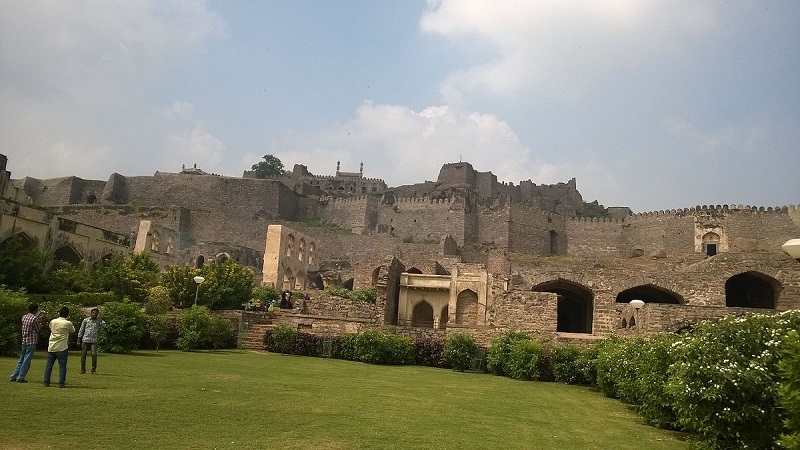The Indian state of Telangana is poised to become the nation’s solar forerunner over the next two years, surging past 5 GW of installed capacity by 2019, say government officials.
With 1.3 GW of solar capacity currently installed, state officials believe that Telangana, located in the southern-central part of India, can end 2017 at the 3 GW mark, adding an additional 2 GW of solar in 2018.
Such confidence stems from the state’s relatively unique route to renewable penetration. Telangana has eschewed the mega solar park model adopted by so many other Indian states and has instead planned for a decentralized model of development. State officials assess demand for energy in various parts of the state before floating tenders accordingly, while also encouraging the creation of mini solar plants located near to transformers.
This approach, officials believe, helps to deliver power to the thriving Telangana agriculture sector with few losses in transmission and distribution.
Furthermore, solar projects awarded in 2015 are due to be commissioned before the end of this year, and the Telangana government has signed power purchase agreements (PPAs) for 3.8 GW of solar power from these units. All are expected to be operational by the end of Q1 next year.
Popular content
“The per capita consumption in Telangana has gone up to 1,390 units per annum as against 1,100 units [national average],” the MD of Telangana Transco and Genco Prabhakar Rao told the Times of India. “Consumption in Telangana ranks high among Indian states. The 24×7 power supply has started giving dividends in the form of improved living standards and increased industrial production.”
India’s rooftop solar penetration remains nationally weak, with less than 1 GW installed. Telangana, however, is backing this sector to shine. The state government has erected a 900 kW rooftop array at Raj Bhavan, the government house of the state, and a 3 MW project to solarize the rooftops of 230 schools has been given the green light.
Other new policies on the horizon include a proposed hybrid solar-wind policy that the state governors also believe can expedite decentralized installations across Telangana.
Despite its decentralization drive, Telangana is still home to a number of large, ground-mounted solar parks.
This content is protected by copyright and may not be reused. If you want to cooperate with us and would like to reuse some of our content, please contact: editors@pv-magazine.com.


By submitting this form you agree to pv magazine using your data for the purposes of publishing your comment.
Your personal data will only be disclosed or otherwise transmitted to third parties for the purposes of spam filtering or if this is necessary for technical maintenance of the website. Any other transfer to third parties will not take place unless this is justified on the basis of applicable data protection regulations or if pv magazine is legally obliged to do so.
You may revoke this consent at any time with effect for the future, in which case your personal data will be deleted immediately. Otherwise, your data will be deleted if pv magazine has processed your request or the purpose of data storage is fulfilled.
Further information on data privacy can be found in our Data Protection Policy.